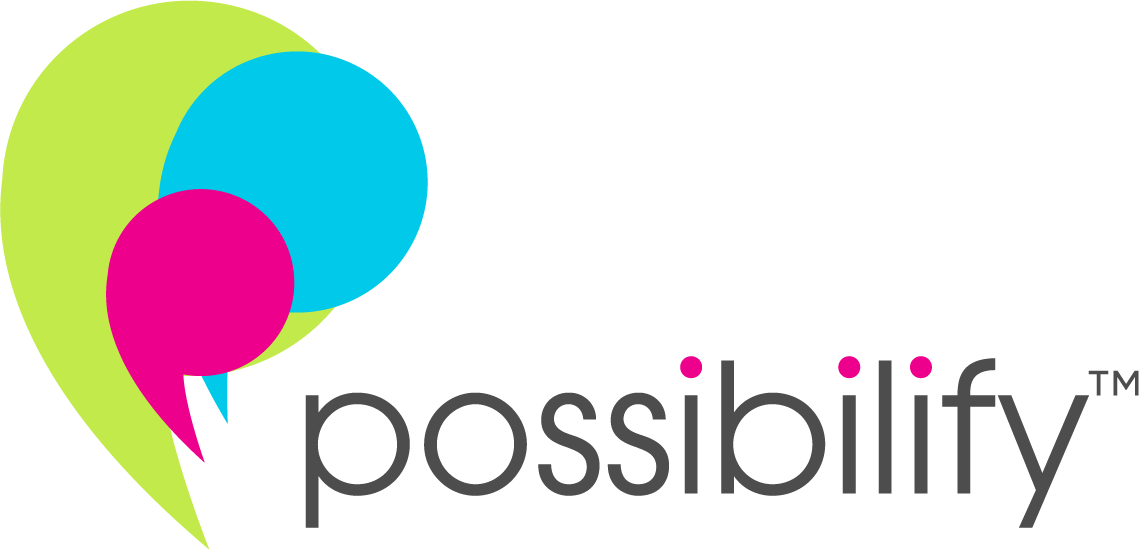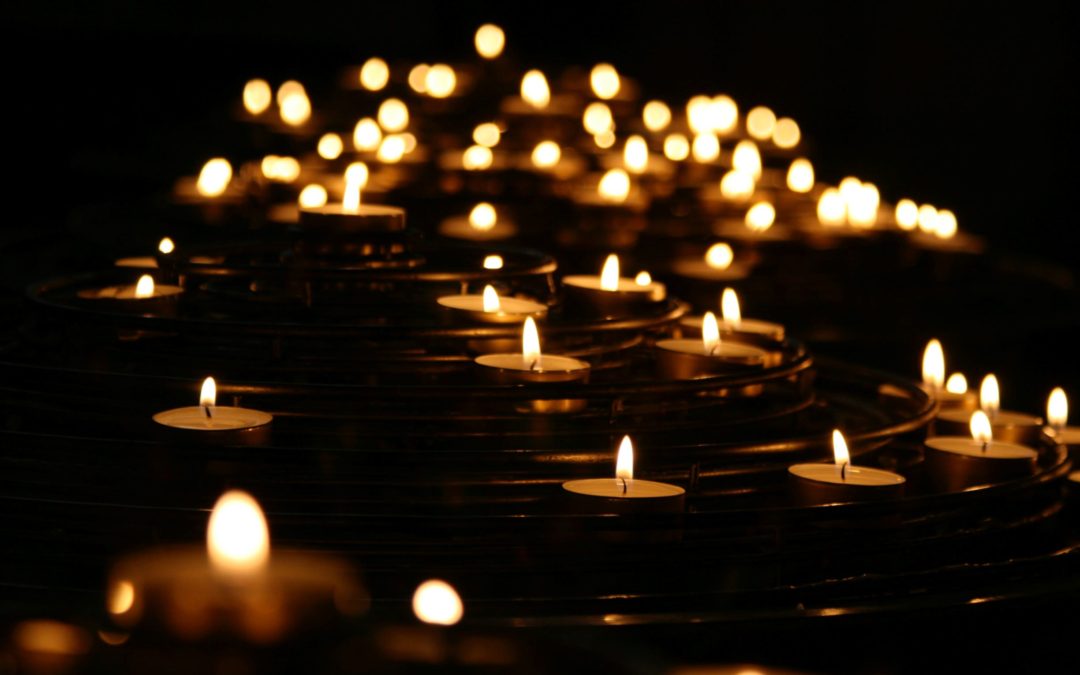- Anti-Racism Tip #8: If It Needs a Disclaimer, Don’t Say It - October 18, 2022
- On Tender Moments that Take Us By Surprise - May 18, 2022
- Finding Creative Ways to Exercise During the Pandemic - April 29, 2022
Right now, in many parts of the world, we are entering the second wave of COVID. Many governments are putting back into place more robust health and safety measures to reduce the risk of transmission and encourage us to make decisions that create the most safety for everyone in society. As we retreat back into smaller social circles, there is a definite feeling of loss and grief that goes along with it.
Along with the tragic impact of COVID-19, which has resulted in many people losing their loved ones, there are also other causes of collective grief. There are regular, visible reminders of the violence of systemic and individual acts of racism that result in the unnecessary, violent deaths of Black and Indigenous people. And we have been seeing images straight from the movies. There are people and animals whose homes were completed destroyed by the apocalyptic wildfires that lit up the West Coast of North America. There are natural disasters hitting communities in various parts of the world. And for some of us, there’s the grief of watching our leaders as they struggle and fail miserably to lead through these difficult times.
It’s a lot to handle. And if all those reasons to grieve aren’t enough, these causes of collective grief are piled on top of all the other reasons we, as humans, grieve. It’s piled on top of the deaths of our loved ones from cancer and other diseases, from suicide, from overdoses, from accidents and from old age. It’s piled on top of miscarriages, heartbreak, and not getting accepted into college or not getting that job offer that you were really hoping for. Right now, we are living through a period of time where we have a lot of reasons to grieve, both individually and collectively.
So what can we do with all of this collective grief?
As we make our way through these unprecedented times, there are several things we can do as we navigate this collective grief:
- Start by acknowledging and sitting with it
- Focus our energy inward
- Check in with friend, family and colleagues regularly
- Harness the power of collective grief to take action
1. Acknowledge and Sit with Our Collective Grief
A good starting point is acknowledging the collective grief we are experiencing. There is power in naming it. Once we name it, it becomes explicit that this deep, collective grief is a valid reason for feeling overwhelmed, for feeling like we aren’t able to tackle that new project just yet, and for feeling like we are just managing to keep our heads above water.
There is power in sitting with our emotions of deep grief. There is power in crying – of releasing our deep feelings of sadness and grief through our tears. It’s important for us to be able to experience our sadness, to let our tears flow because feeling deeply is an important part of being human and of healing. There is power in acknowledging that we are struggling to deal with all of this and that toxic positivity is not going to help us overcome the deep, collective grief we are experiencing.
2. Focus Our Energy Inward
I, like many of us, have personally experienced those moments when we need to retreat inward and sit with our grief. I have often thought of it as “cocooning” -staying and focusing inside oneself to shore up the energy and strength to emerge and take on the world. During these periods of cocooning, finding ways to feel a bit better may be all we can do. We can call a friend or family member, cuddle our children or dogs just a bit more, take a bath if we can find a few moments to do that, watch a movie or TV series that helps us to escape for just a few moments each day, or we can draw, paint, knit, weave, and create so that we can give our minds and bodies the space and time to heal just a bit. We can be kind to and remind ourselves that it’s enough for us to just do these things since it’s exactly what we need to feel better.
3. Check in with Friends, Family and Colleagues Regularly
If you people who are struggling right now, take the time to check in with them. It can be hard when you’re feeling down and depressed to reach out for help. So make the effort to let those people you care about know that you are available to support them, even through times of struggle. Even during COVID, there are creative ways to connect with friends and family virtually.
At my work, we have a very tight-knit group of staff. We have two weekly check-in meetings where each of us can share how we are feeling, as well as things that are happening in our lives, both good and bad. The calls generally don’t deal with work unless work is impacting how we are feeling and coping with our emotions. At these sessions, every person is offered the space to share how they are doing and we listen empathetically to what they choose to share. During these sessions, we shed both happy and sad tears. We celebrate the great things that are happening in each other’s lives and we grieve together when sad or worrisome things are shared. Importantly, these calls remind each of us that everyone is facing different struggles in navigating the collective grief we are all feeling.
4. Harness the power of collective grief and take action
Once we have spent much needed time caring for ourselves and shoring up our energy, we may come to a point where we can focus our energy outside ourselves. There is power in finding ways to take action in response to our collective grief. This action might include:
- joining a public protest to emphasize that Black Lives do indeed Matter, that women’s bodily integrity is important, that racism in healthcare institutions or colonialism in the fishing industry are not acceptable;
- donating money to organizations on the front lines who are freeing children from cages, who are working to create equity for Indigenous communities and children, who are standing up to police brutality and saying enough is enough; and/or
- voting for leaders who will lead us through these times with integrity, empathy and grace.
Standing shoulder to shoulder to take action in the name of shared collective grief is a powerful act of resistance and solidarity. It can help us feel supported and feel like our actions may potentially prevent others from experiencing the same loss and grief that we have endured. Taking action is one way we can turn our collective grief into something constructive – something aimed at making things better for those who come after us.
This deep collective grief we are feeling signals that big transformative changes are coming. The uncertainty, discomfort, and struggle are all signs that, with effort and vision, we can create radical social, democratic, and systemic changes for the better. As Sonya Renee Taylor reminds us – the COVID crisis has created the opportunity to rethink our society as well as what and who we value:
We will not go back to normal. Normal never was. Our pre-corona existence was not normal other than we normalized greed, inequity, exhaustion, depletion, extraction, disconnection, rage, hoarding, hate and lack. We should not long to return, my friends. We are being given the opportunity to stitch a new garment. One that fits all of humanity and nature.
So let’s start by acknowledging our deep, collective grief. Let’s be kind to ourselves and others during this period of upheaval. Then when we’re feeling up to it, let’s take action to tackle the many causes of our collective grief. Because we will come out on the other side. And if we harness the power of our collective grief to take constructive action, we can indeed stitch a new society that better reflects the world we want to live in.
We would love to hear your thoughts in the comments section below. And if you enjoyed this article, share it!
Photo by Mike Labrum on Unsplash


Recent Comments